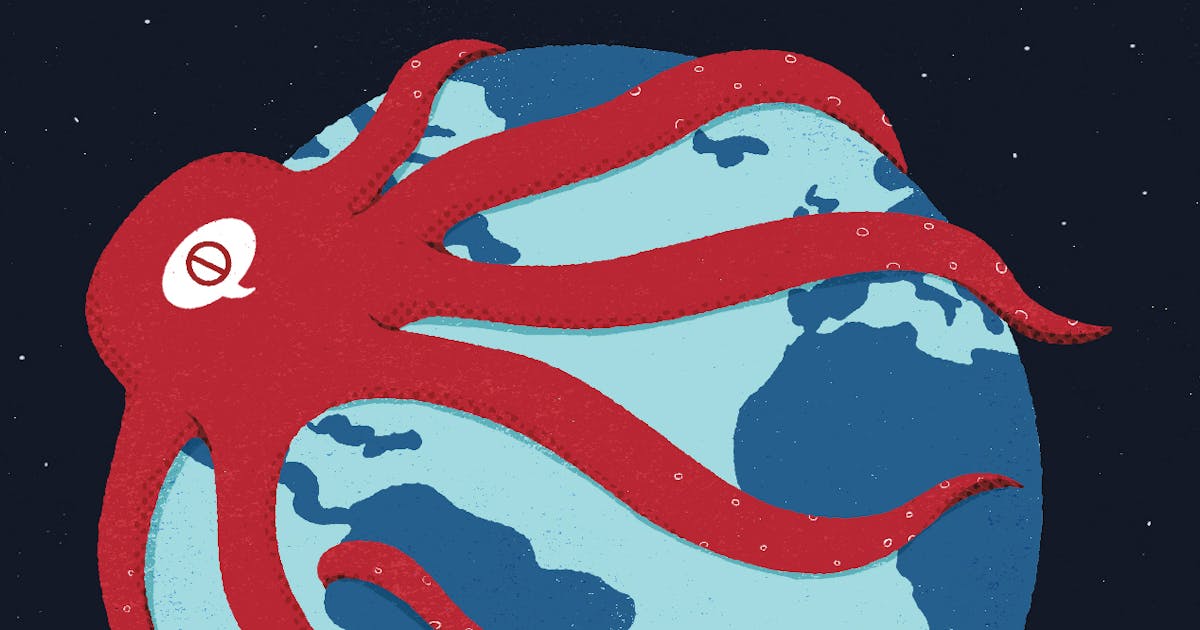The second major turn is the neoconservatives’ fashioning of this new concern about the campus into a moral panic over “political correctness” in the 1990s. By examining that older discourse alongside the new cancel culture discourse, Daub makes a persuasive case that cancel culture panic is political correctness (“P.C.”) panic, updated for the media technologies of the 2010s and ’20s. As Daub shrewdly observes, the two discourses even share certain canonical anecdotes—formulaic tales, similar both in their content and in their strategic narrative elisions, which get framed repeatedly over the decades as evidence of a new, troubling cultural tendency.
For instance, foundational documents of “P.C.” panic like Roger Kimball’s Tenured Radicals (1990) and Jonathan Rauch’s Kindly Inquisitors (1993) warn their readers about politically correct “speech codes” ostensibly being enforced on American campuses. Analyzing one of Kimball’s examples, from Smith College, Daub finds that the anecdote’s kernel of truth concerns a document circulated by the Smith Office of Student Affairs, with suggestions for how students could avoid speaking and behaving in ways that might be interpreted as perpetuating “lookism” (in Kimball’s gloss, “the prejudice of believing that some people are more attractive than others”). This office “isn’t ‘the’ university,” Daub points out—its staff has a limited purview and doesn’t represent even the unified views of the Smith administration, much less of all institutions of higher education in the country. Yet Kimball presents its (nonbinding) suggestion as if it were “a commandment handed down by the [Smith] administration.” In 2022, more than three decades later, “media worldwide ran with the story that Stanford University would punish students or faculty for using the word ‘American.’” This panicked anecdote distorted the reality of the situation in an identical manner: The Stanford IT department, an office with no disciplinary prerogatives, “had drawn up a list of possible terms to avoid or to replace on official Stanford websites.” And between these instances, there have been other “speech code” controversies, many relying on likewise distorted suggestions and recommendations from unrepresentative individuals and offices. In each case, the supposed speech code is imagined as already in force and affecting students by at once censoring and brainwashing them. No matter what days “these days” refers to, the kids are never all right—and they are often not all right in very predictable ways.
The last step on the cancel culture anecdote’s itinerary from real event to media spectacle is the anecdote’s global export and redeployment in new political settings by non-Americans who imbue it with significances foreign to its original contexts. (The connotations of Fourest’s jab about the Oberlin students, “their 1968,” will be lost on those unfamiliar with the history the French student movement, for example.) There is, it turns out, a worldwide appetite for cancel culture discourse—which is always a discourse about (and against) the United States, even in the discourse’s British, German, French, Brazilian, Russian, Italian, Turkish, and Spanish iterations.

